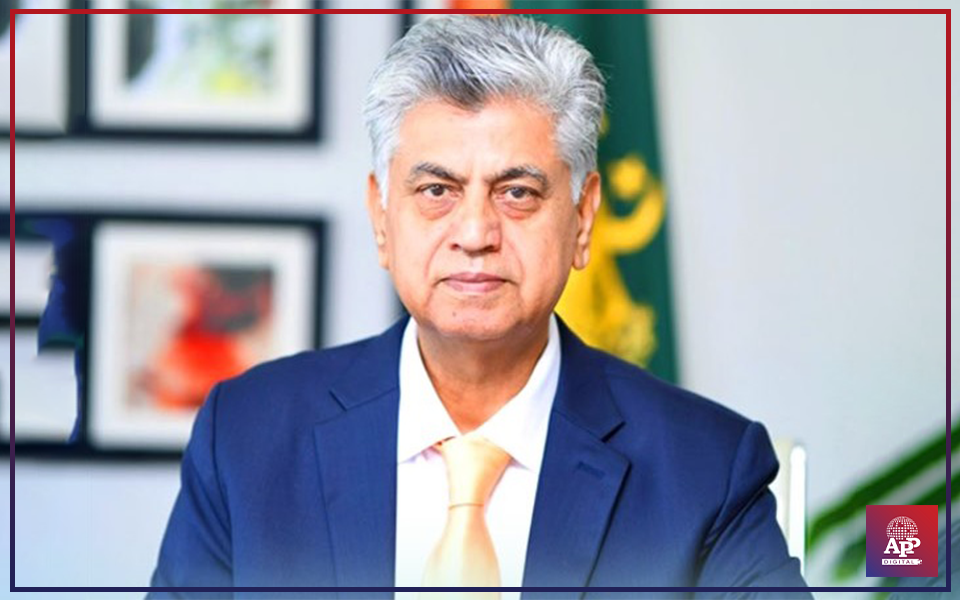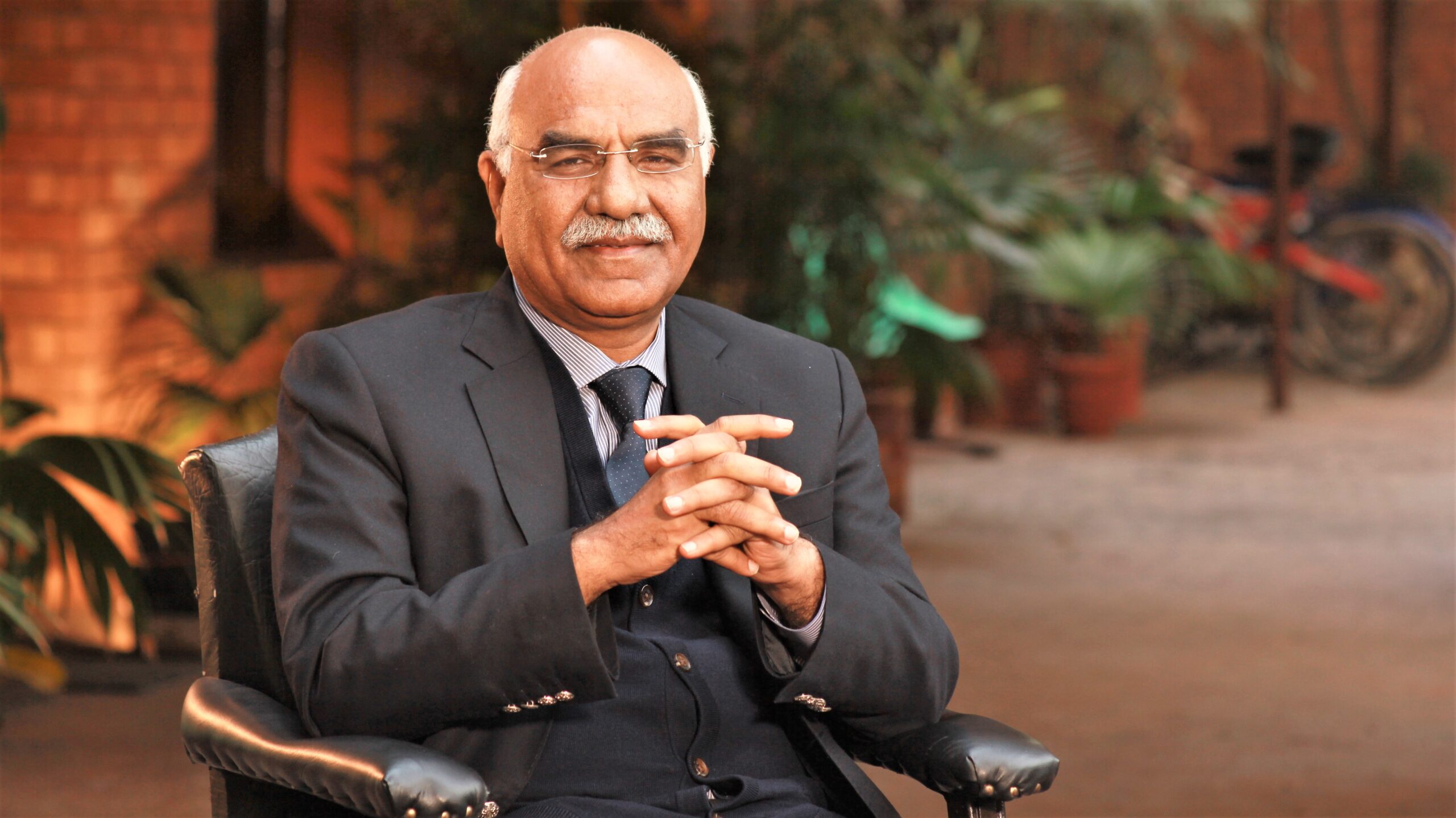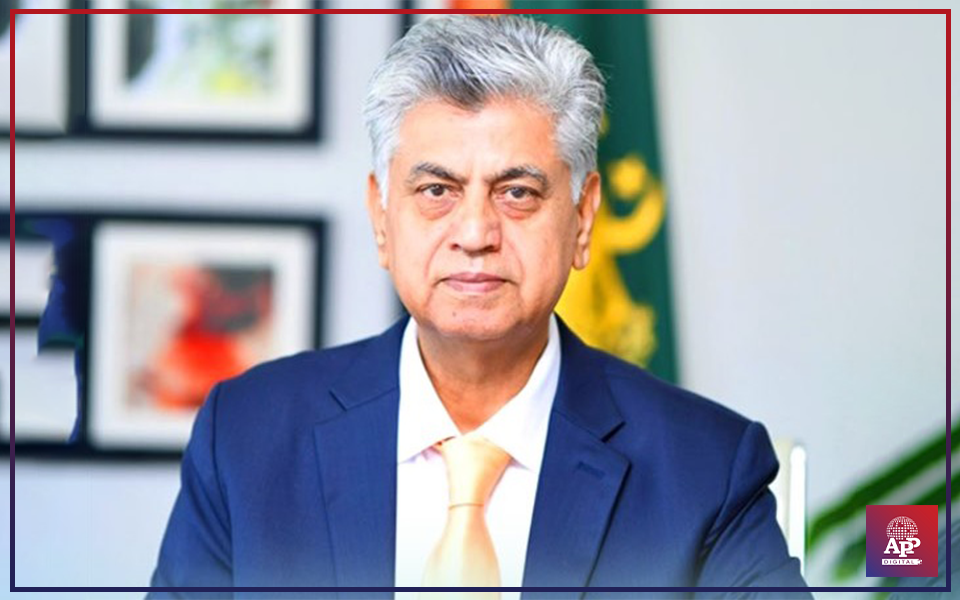ISLAMABAD, Jun 11 (APP): The government is taking proactive measures to control population growth and fertility rates. The Rapid population growth and high fertility rates are significantly straining the country’s economic development and its ability to provide essential services like healthcare, education, and social protection.
According to the Economic Survey 2023-24 launched by Minister for Finance and Revenue Senator Muhammad Aurangzeb on Tuesday, they create awareness through media campaigns and provide Family Planning services through Family Welfare Centers (FWC), Reproductive Health Services Centers (RHS-A), Regional Training Institutes, and Mobile Service Units. .
Urban Population: In 1998 the population of Rural in Pakistan was 63.56 percent. In 2017 and 2023 the Rural population was 61.18 percent.
Rural Population : In 1998 the Rural Population of the country was 32.5 percent, in 2017 the population was 36.44 percent and in the year 2023 was 38.82 percent. Pakistan’s urban population increased from 75.67 million to 93.75 million between 2017 and 2023, making it one of the most urbanized nations in South Asia.
Almost 39 percent of its population lives in urban areas. Urbanization strongly impacts a country’s
economy and development, leading to changes in various areas such as labour market opportunities, family structures, education, health, environment management, security systems, and governance.
The Population and Housing Census of 2023 revealed that the urban population is increasing, with 38.82 percent, currently living in urban areas.
This trend is observed in most provinces, except in Khyber Pakhtunkhwa, where the share of the urban
population decreased from 16.55 percent in 2017 to 15.01 percent in 2023. Similarly, the urban population in Islamabad decreased from 50.37 percent in 2017 to 46.90 percent in 2023. The percentages of urban and rural population across different provinces.
The data demonstrates that from 2017 to 2023, the share of the urban population in Sindh, Punjab, and Balochistan increased due to better education, health, and earning opportunities in urban areas.
Among all the provinces, Sindh has the highest urban population, from 51.89 percent in 2017 to 53.73 percent in 2023.
Punjab ranks second with an increase from 36.86 percent to 40.70 percent in the same period. Similarly, Balochistan’s urban population rose from 27.62 percent in 2017 to 30.96 percent in 2023. However, Khyber Pakhtunkhwa differed from
other provinces as the percentage of the rural population increased due to the merger of FATA into Khyber Pakhtunkhwa.













